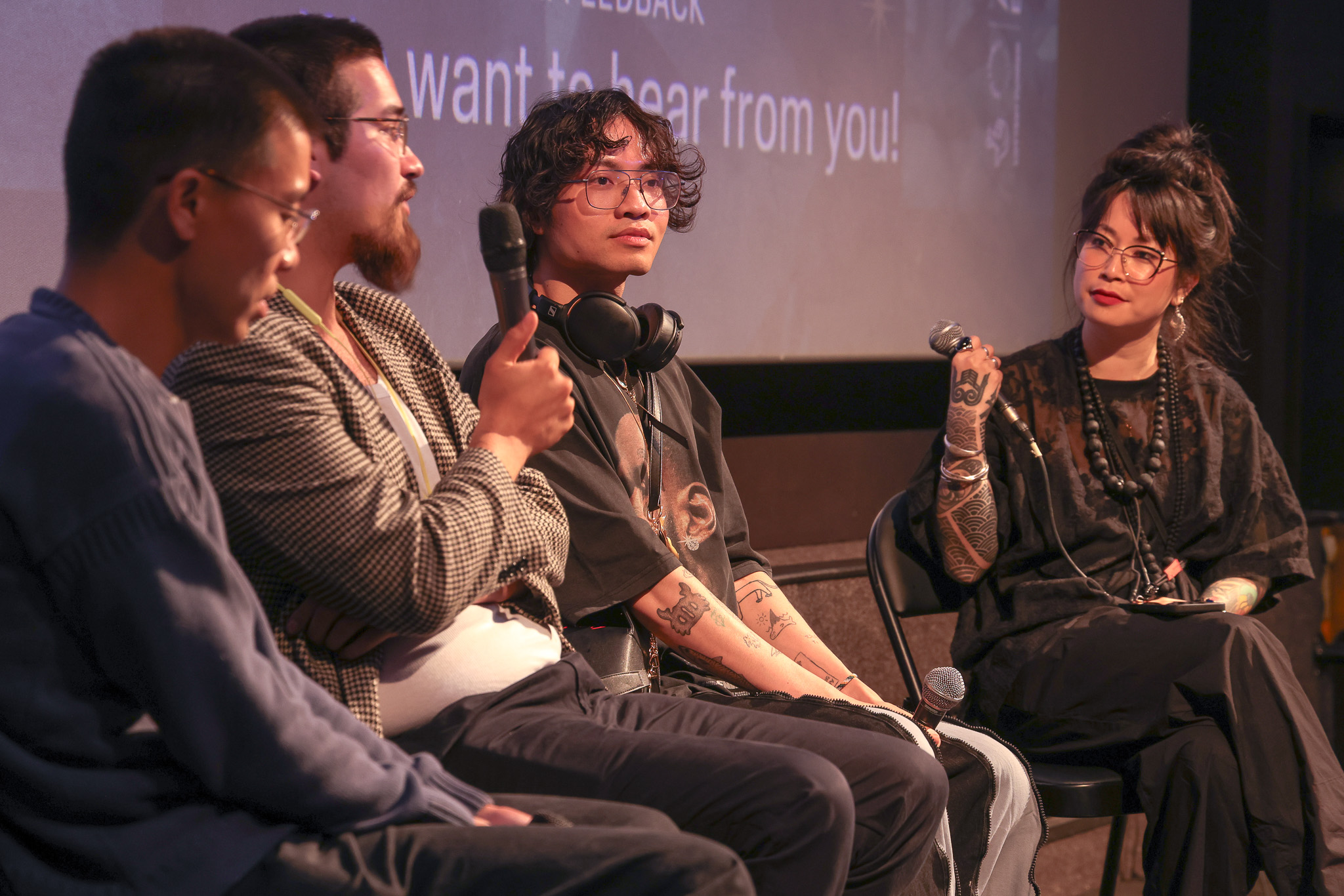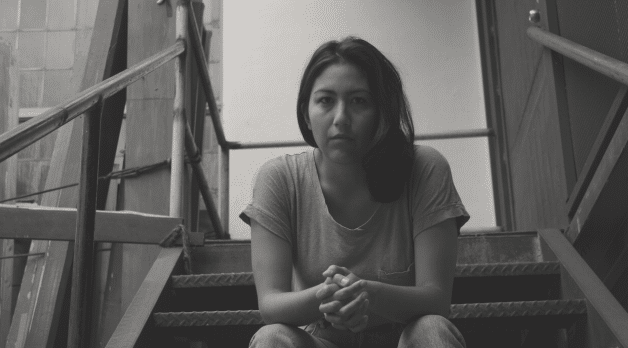The bustling atmosphere of Rich Mix in London recently set the scene for a significant cultural event: the opening night of the Star Nhà Ease festival’s second season. The opening film was Singing in the Rainy Afternoon (1990), a film that offers a rare window into Vietnam’s pivotal Đổi Mới era. This festival, the UK’s only curated season celebrating Vietnamese cinema, aims to illuminate a period of profound national transformation through its bold film selection.
Beyond its cinematic offerings, the Star Nhà Ease festival carries personal weight for many. Developing Curator Austin Tran exemplified this, stating: “My grandmother has worked in cinema for about 20 years and has never seen a Vietnamese film in a cinema. With this film festival just starting, I’ve been watching films with her and getting her insights.” He added, “It’s really special to be sharing this film.” This illustrates the festival’s effectiveness in bridging generational gaps and making cultural resources available.
The Đổi Mới Catalyst: Vietnam’s Economic Opening and Film
The context for these films lies in Vietnam’s comprehensive economic reforms, known as Đổi Mới, which began in 1986. This policy shift moved the nation from a centrally planned economy towards a market-oriented one. This profound change extended beyond just commerce, directly influencing the arts and, crucially, the film industry.
Before Đổi Mới, cinema in Vietnam primarily served state purposes, delivering messages aligned with national objectives. With the economic opening, however, creative freedoms expanded. Filmmakers found themselves able to explore a wider array of subjects, and the industry slowly transitioned from rigid state control to a more audience-focused, commercial model.
Read more: Star Nhà Ease Returns: Vietnamese Cinema Season 2 Explores Đổi Mới Era
Austin Tran observed this shift during his research into the era: “Some of the films we watched… dealt with the after-effects of different aspects of war. But then some moved into brand new territory, starting to tell their own stories about romance and the kindness of people. It was really lovely to see that because I think when we’re watching films and just seeing the latest Marvel blockbuster or something like that, we tend to forget that there are a lot of human stories out there that the films we chose truly showcase.”
The ‘Instant Noodle Film’ Phenomenon and its Cultural Impact
This era saw the rise of what became affectionately, if sometimes dismissively, known as “instant noodle films” (phim mì ăn liền). These were characterised by their rapid production – often shot on video with minimal budgets – and their focus on accessible, popular themes, particularly romance and domestic dramas. They quickly filled a void for mass entertainment. Festival curator Tuyết Vân Huỳnh explained the production style: “This is from an era of really fast-paced, low-budget filmmaking, often using the same actors and turning things around very quickly, sometimes even on the same day. So, the editing style and the plotline are sometimes non-existent, and the editing itself is jarring.”
Despite these technical limitations, these films created Vietnam’s first wave of film stars. Tuyết Vân Huỳnh recalled, “It was the first wave of celebrities in Vietnam. Because there was a repetition of the actors and these credits, they literally became stars. So, it was like 1990 to 1994, a four-year period of just the same stuff coming out.” Austin Tran further detailed the frantic pace for actors: “The credits for the actors are insane; some of them have over 20 credits in a year, filming on the same day for a different movie with the same actors. They don’t remember their own names, let alone the character names!”
Yet, he believes “a lot of these films have some kind of hidden gems within them. There are fantastic and brilliant things in these films in terms of their style and editing. When you’re just holding your breath for the moments within these films, they really do shine.”
The “instant noodle film” era was short-lived, largely fading by 1994. Austin Tran attributed this to Vietnam’s increasing openness: “The end of the Đổi Mới era was also a time when Vietnam was starting to open back up. That actually had quite an impact on the film market. You had a lot of films from other countries starting to come in, and people started seeing these other films and then turning around to films where they saw the same actors in the same sort of stories.” The influx of foreign cinema, combined with domestic market saturation, led to its decline, but its place in cinematic history is undeniable.
Singing in the Rainy Afternoon: A Unique Archival Find
The choice of Singing in the Rainy Afternoon for the festival’s opening night is particularly telling. Tuyết Vân Huỳnh describes the film’s elusive nature: “This film was the only film that was never captured and taken to the Internet world. So when I saw it, I was like, ‘I need to bring this to the UK!'” This rarity makes its screening a significant event, offering an authentic glimpse into a specific moment of Vietnamese filmmaking.
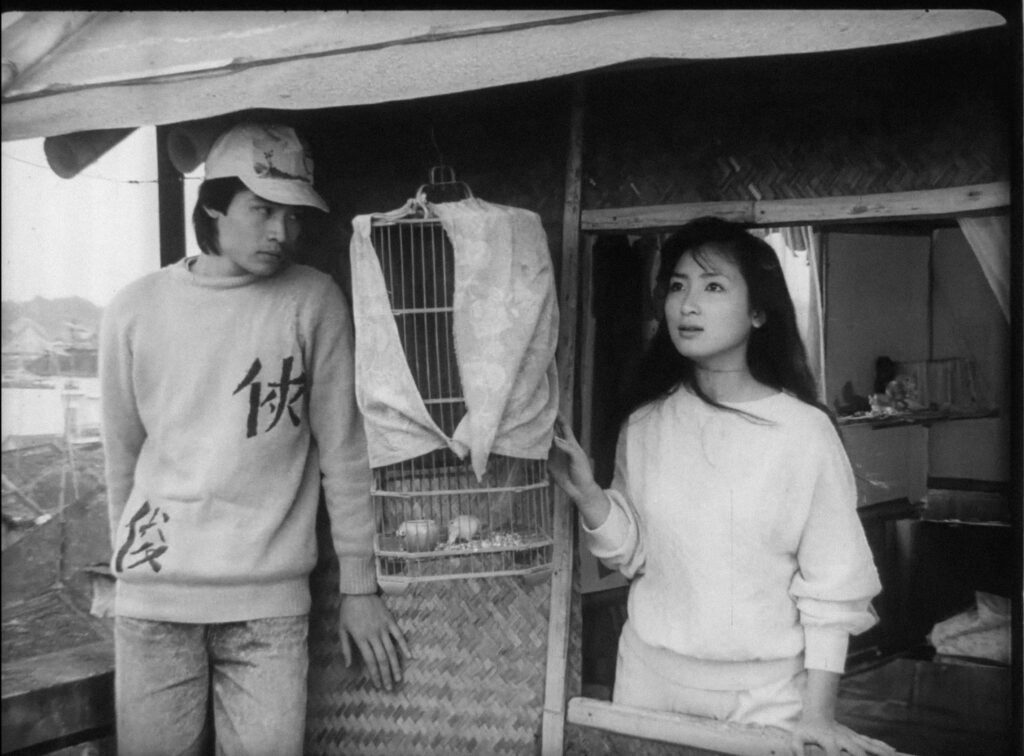
The film’s unique sound and visual qualities sparked conversation among audience members and curators alike. Grime DJ Nammy Wams noted its distinctive auditory qualities: “I would say all of them have quite unique soundtracks. I feel like this one [Singing in the Rainy Afternoon] felt a bit like, I don’t know, French or maybe even Russian influenced, perhaps from the 1950s or something around then. But I would say all of them have that kind of tenderness.” Austin Tran added, “Some of them don’t have much sound at all in many scenes… it’s like they’ve just found a keyboard and they’re pressing all the buttons. But it’s still great; it’s just them.”
The film’s aesthetic choices, including its black and white palette and almost ‘Instagram square’ format, prompted questions. Tuyết Vân Huỳnh explained these aspects are due to its archival origins: “It’s in that format because that’s the format it was filmed in. So, when it goes into the process of digitising, they try not to veer away from the original format.” She acknowledged the technical imperfections of restoration but viewed them as contributing to the film’s identity: “However, the way it is presented, I feel like it gives it a bit of character because this film, even though it’s from the 1990s, yes, it looks a lot older. But that was just the filmmaking in that era.”
The pacing of Singing in the Rainy Afternoon, with its abrupt time jumps, also stood out. Developing Curator Thành Trần described his initial reaction: “The first time I watched this film, it was quite bizarre. I was laughing all the way through, and it’s very funny.” He considered its unusual rhythm “unexpected, but intentional.”
Read more: Star Nhà Ease: Vietnam’s Rich Cinema History Gets the Spotlight in the UK
Tuyết Vân Huỳnh echoed this, suggesting audiences view such editing through the lens of the era: “When you watch a film like this, you’re forgiving of that. You place it within its cinematic history; this is just the way it is.” For Nammy Wams, the film’s ‘northern’ feel provided a personal connection: “It felt very tender, but at times it felt quite conservative in a way when you compare it to the other films that I’ve seen from other regions of Vietnam, particularly in the South. I feel like the South is a bit more fiery. That’s what Bar Girls is like in the South. So that’s a bit more expressive.”
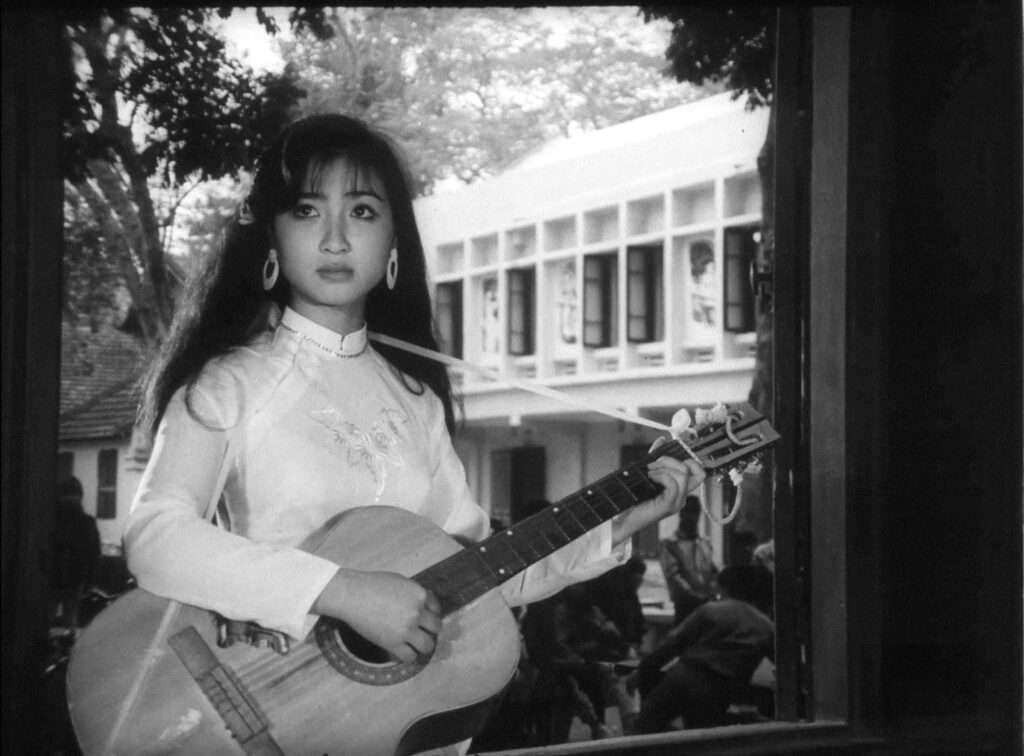
Curating History: The Festival’s Broader Impact
The Star Nhà Ease festival plays a crucial role in bringing these cinematic fragments of history to a contemporary audience. Thành Trần spoke about the challenging yet rewarding curatorial process: “I didn’t realise how difficult it is when all the films shown to you in the archives are good, and you have to make a decision.” This effort extends to the Rewind and Reframe exhibition, where artists reimagined film posters. Thành Trần sees each artwork as “a mirror,” creating “a special relationship between the audience and the artwork itself.”
He believes that “when you experience art, it’s an act of consumption. So, how do you release? How do you give back and create more? And then it creates this chain reaction where people get inspired by it.” The exhibition also includes a silent auction for these limited-edition prints, with all proceeds beyond production costs going directly to the artists, supporting new creative work.
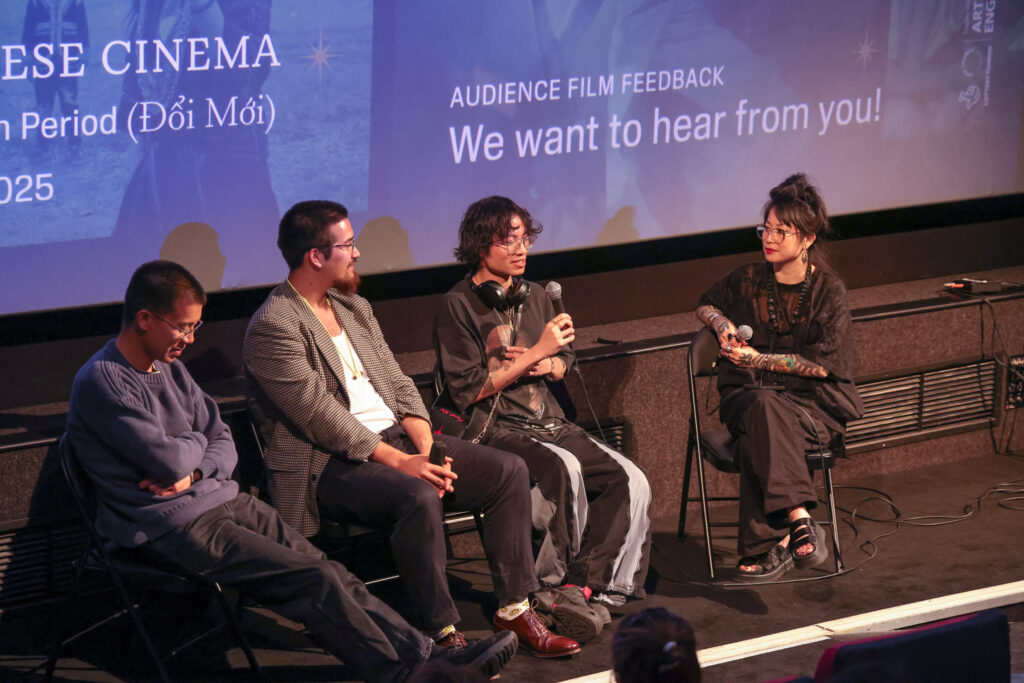
A Shared Experience
Watching Singing in the Rainy Afternoon was an experience unlike any other. There was a strong community spirit in the room, sharing these rarely seen old films. While the technical aspects were certainly different from contemporary standards, it was an experience best shared as a group with a genuine love for film and a deep appreciation for Asian cinema’s diverse journey.
The Star Nhà Ease festival continues to showcase a compelling selection of Vietnamese films. Beyond Singing in the Rainy Afternoon, other highlights include Gái nhảy (Bar Girls, 2002) and Những đứa trẻ trong sương (Children of the Mist, 2021), alongside a digital offering, A Bitter Taste of Love. For more information on upcoming screenings and events, check out the Star Nha Ease Instagram page.

